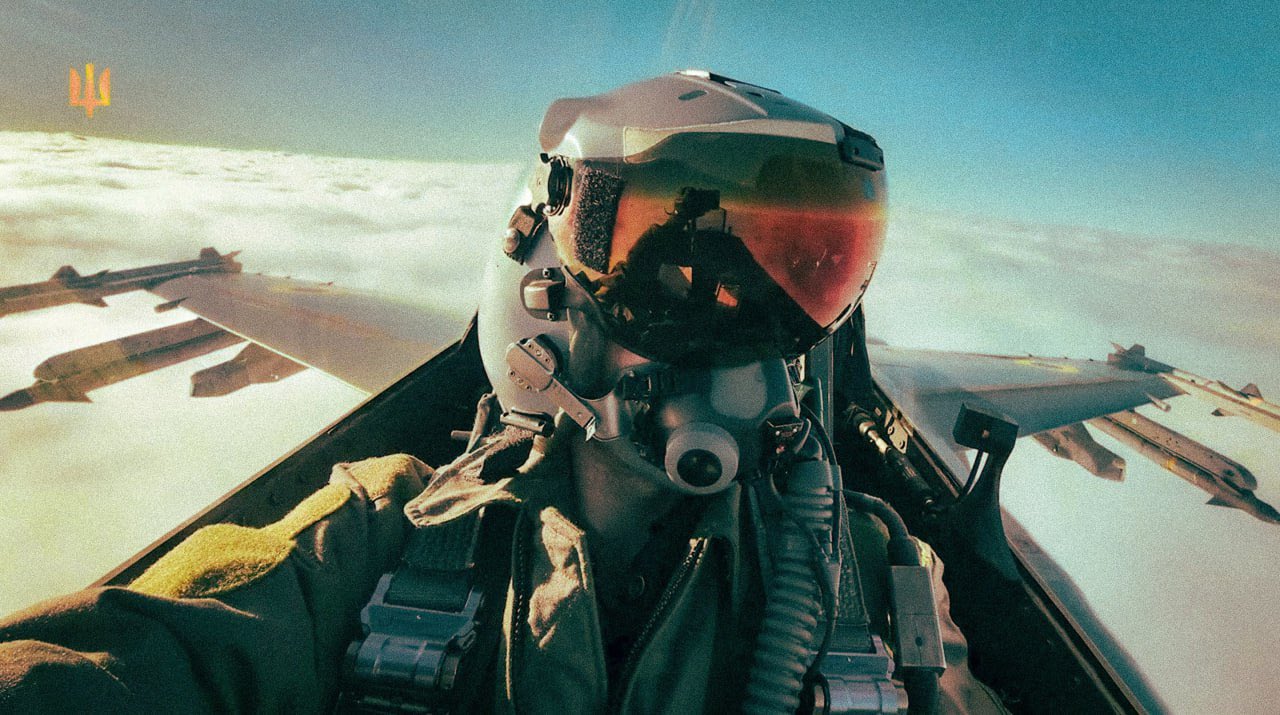Something has changed in Ukraine’s skies. Russian air defenses that once dominated the battlefield are being picked apart with surgical precision—not by lone wolf pilots, but by something entirely new.
The Ukrainian F-16 pilots fighting to hold back 50,000 Russian troops in Sumy Oblast aren’t fighting alone anymore. More and more, the air force’s jets fight as teams.
A dramatic video that circulated online on Monday depicts a Sukhoi Su-27 from the Ukrainian air force’s 39th Tactical Aviation Brigade blowing up a Russian air-defense vehicle somewhere along the 1,100-km front line of Russia’s 39-month wider war on Ukraine.
When Soviet jets learned Western teamwork
The pilot of the Soviet-vintage supersonic fighter wasn’t just hunting random Russian air defenses. No, he was targeting Russian defenses “like a scalpel,” to borrow one Ukrainian pilot’s simile, to clear a path for other Ukrainian warplanes to perform their own missions.
As the Ukrainian air force takes delivery of up to 85 Lockheed Martin F-16s from a Danish-Dutch-Norwegian consortium, as well as a dozen or more Dassault Mirage 2000 fighters from France, the flying branch’s fleet is getting much more diverse.
The upgraded Western types complement a pre-war fleet that had around 125 Sukhoi Su-24 bombers, Su-25 attack jets, Su-27s, and Mikoyan MiG-29 fighters.
The flying brigades have lost around 100 ex-Soviet jets to Russian action, but have replaced many of them with donated airframes from Ukraine’s NATO allies or by restoring older airframes that were lying around in Ukraine. Three F-16s have also been lost.
In all, the Ukrainian air force is probably bigger than it was in February 2022—and it’s certainly much more modern as more Western jets arrive and the Soviet leftovers get their own upgrades, including Western bombs and missiles.
But one of the most important updates to Kyiv’s air arm isn’t technological, it’s procedural. Ukrainian pilots now fly in complex packages, where each plane supports the other planes in the same formation.
This specialization, and teamwork, first became possible as US contractors helped Ukrainian airmen modify their Su-27s and MiG-29s to fire American-made AGM-88 High-Speed Anti-Radiation Missiles, which home in on enemy radar signals from as far away as 148 km.
Ukraine’s ex-Soviet jets lack internal radar-jamming equipment, so they need help fighting their way through dense Russian defenses. Sukhois and MiGs armed with HARMs can escort bomb-laden Sukhois and MiGs to their targets.
It was a HARM that the Su-27 pilot fired at the Russian air-defense vehicle on or before Monday.
“The Cossack in the Su-27, performing the task of covering the strike group, did a good job,” noted Sunflower, the Telegram channel that first posted the video of the attack.
From solo missions to strike packages
The arrival of the first F-16s back in August, and the first Mirage 2000s in February, allowed even more complex strike packages. Unlike the Sukhois and MiGs, the F-16s and Mirage 2000s do have internal radar-jammers.
“Sometimes when we arrive, there are already F-16s waiting there, or sometimes Mirages,” a Ukrainian fighter pilot said in an official video from March.
The F-16s and Mirages “either cover the whole package that is sent there to [strike] our enemies, or also strike [themselves],” the pilot said.
So while some F-16s are flying attack sorties over Sumy with American-made precision glide bombs, others may be flying jamming missions to protect the attackers—while other Ukrainian fighters, perhaps Su-27s, target the Russian air-defenses that the F-16s and Mirages can’t jam.
These complex fighter packages still don’t risk striking very deep inside Russia, where the air defenses might be prohibitively dense. “Currently, we can only strike at tactical depth,” the pilot in the March interview conceded. That means tens of kilometers rather than hundreds of kilometers.
But the fight for Sumy is a fight at tactical depth—inside Ukraine. The Ukrainian air force’s fighter packages should be up to the task.





